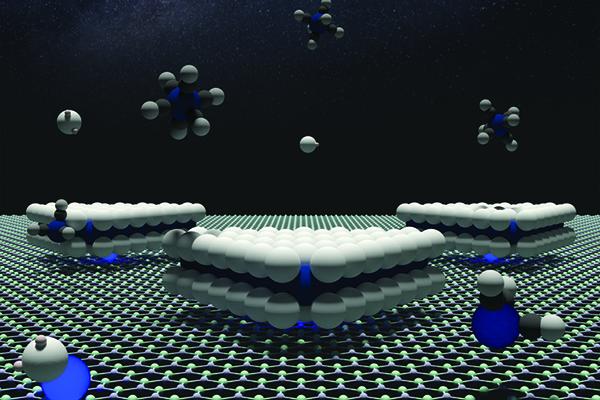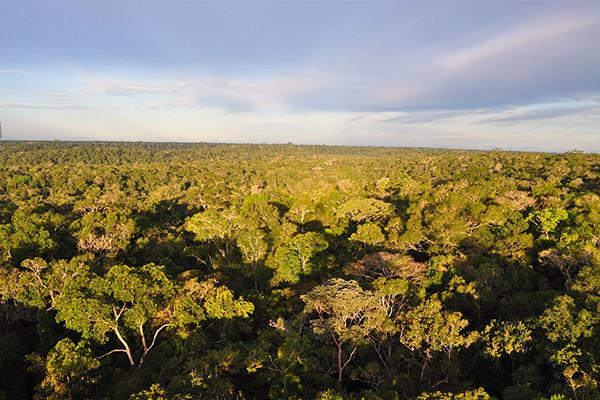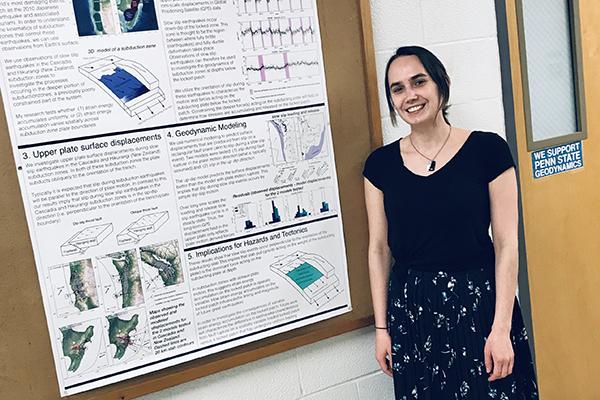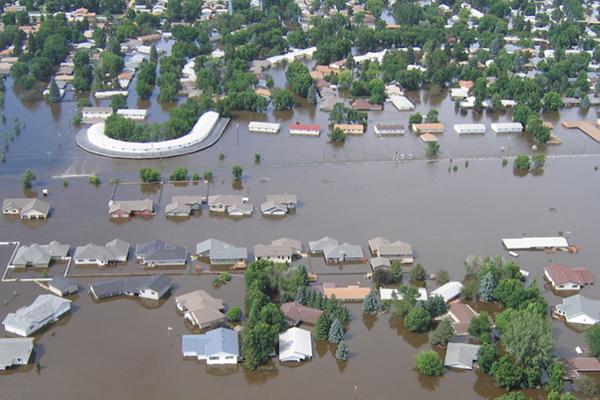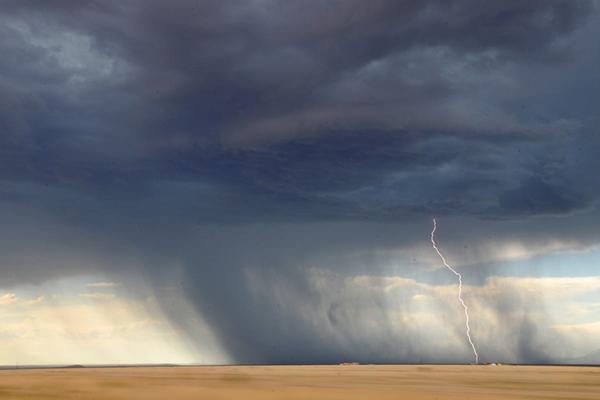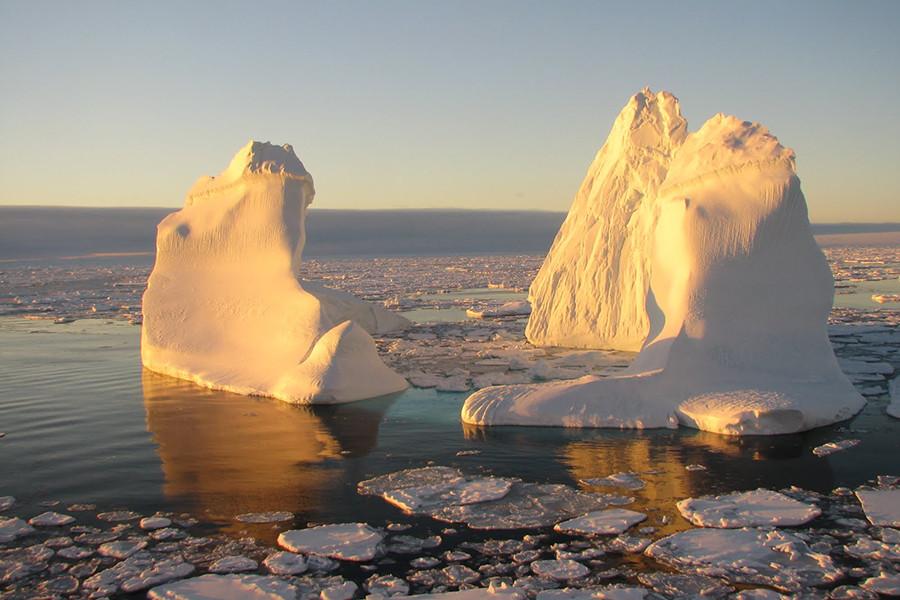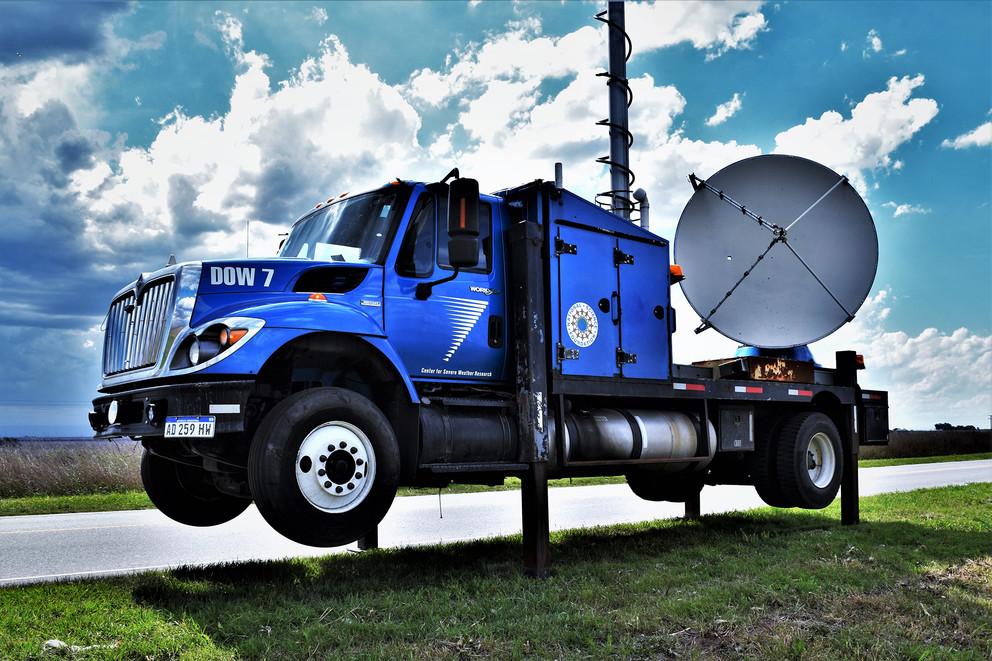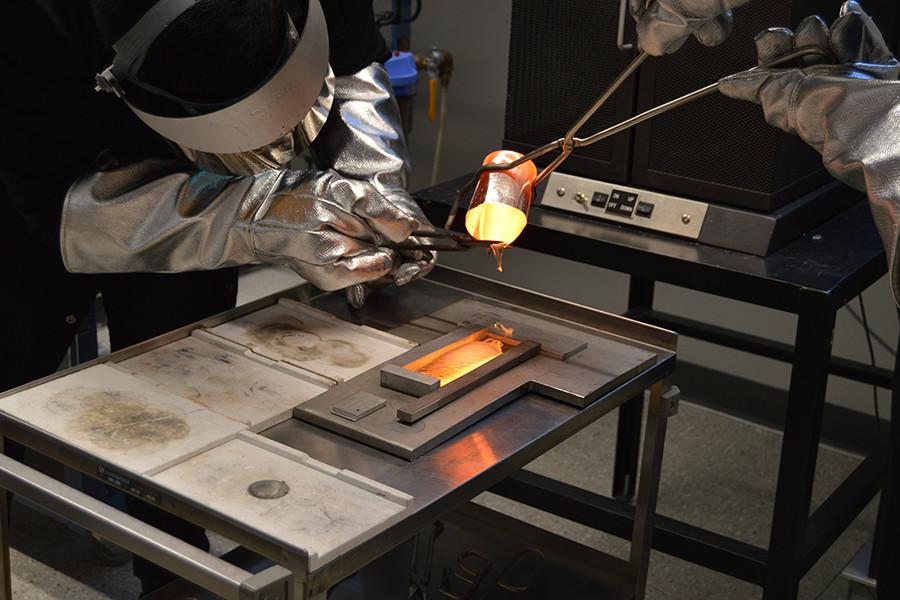Read the latest news about research conducted by investigators in the College of Earth and Mineral Sciences. Our faculty and students are continually advancing technology, creating solutions and expanding knowledge with new and innovative research.
News
Creating two-dimensional materials large enough to use in electronics is a challenge despite huge effort but now, Penn State researchers have discovered a method for improving the quality of one class of 2D materials, with potential to achieve wafer-scale growth in the future.
Federally sponsored science plays a more significant role in bringing together stakeholders and facilitating environmental governance debates than all other types of research, according to an international team of researchers.
Plumes of air pollution generated from a rapidly expanding city within the Amazon rainforest are wafting hundreds of miles and degrading air quality in the pristine rainforest, according to a team of scientists.
wo graduate students in the College of Earth and Mineral Sciences were recognized for their research and presentation skills during the 2019 Graduate Exhibition, hosted by the Graduate School at Penn State in March.
Ensuring a tolerable climate future, one that reduces warming while considering the costs, requires immediate global action, according to an international team of scientists.
In the future, weather forecasts that provide storm warnings and help us plan our daily lives could come up to five days sooner before reaching the limits of numerical weather prediction, scientists said.
The North Atlantic warming hole (NAWH), a region of reduced warming located in the North Atlantic Ocean, significantly affects the North Atlantic jet stream in climate simulations of the future, according to a team of researchers.
For anyone, a trip to Argentina would have been exciting. But for Rachel Gutierrez, who’s long been fascinated by severe weather such as hail and thunderstorms, it represents the holy grail of her research interests.
A new composition of germanosilicate glass created by adding zinc oxide has properties good for lens applications, according to Penn State researchers. This marks the discovery of a novel glass family.
To commemorate its 10th anniversary, Penn State's Center for Exoplanets and Habitable Worlds (CEHW) will host a celebration on April 2, with three sessions of talks and panel discussions for technical, academic and public audiences.



